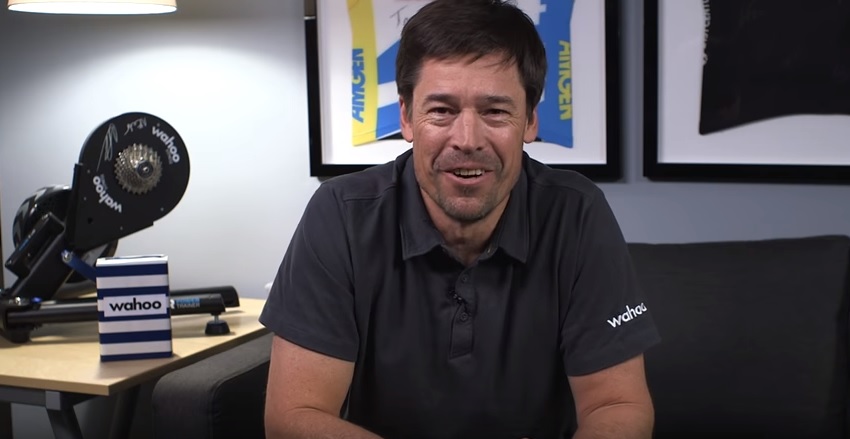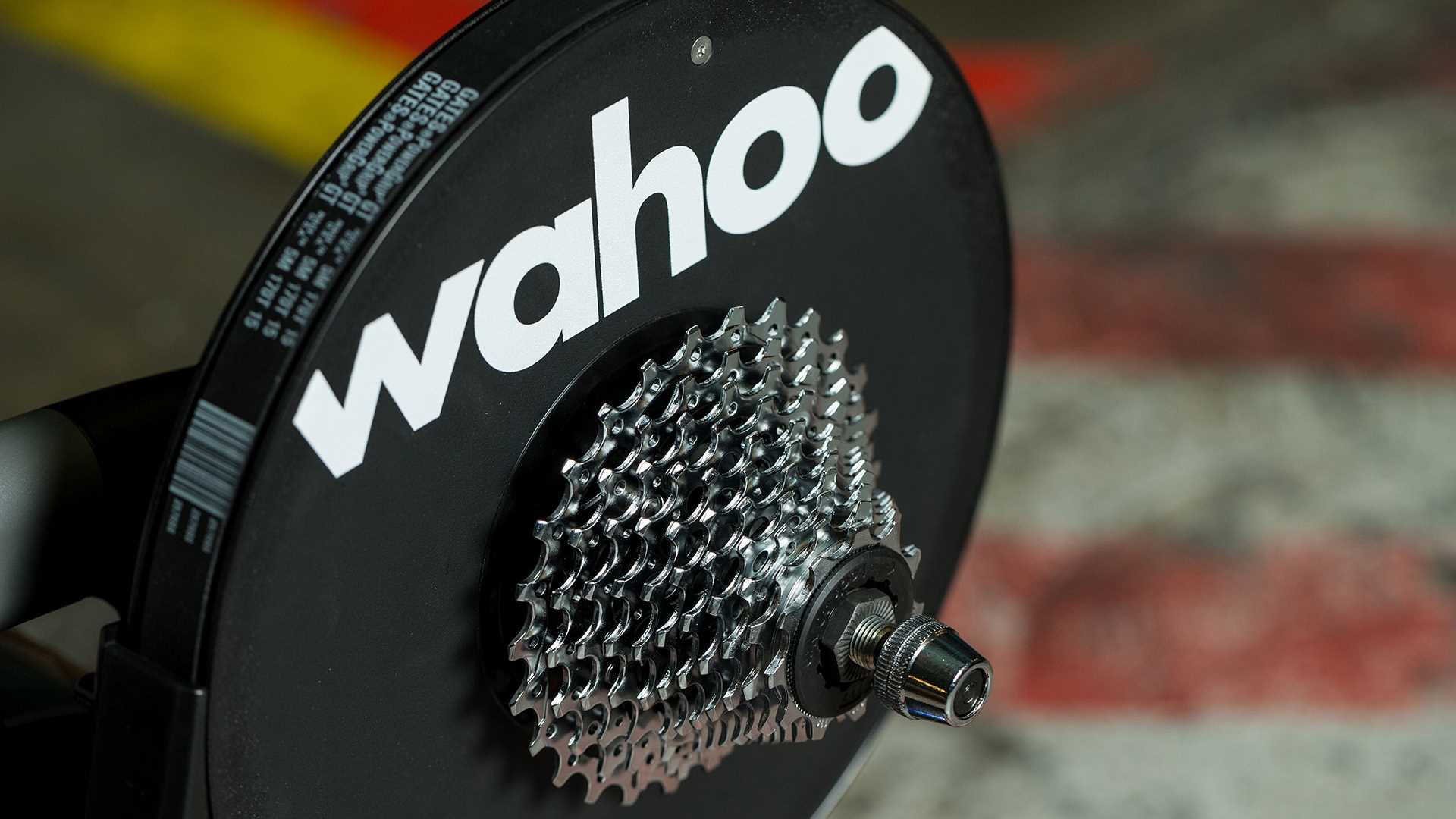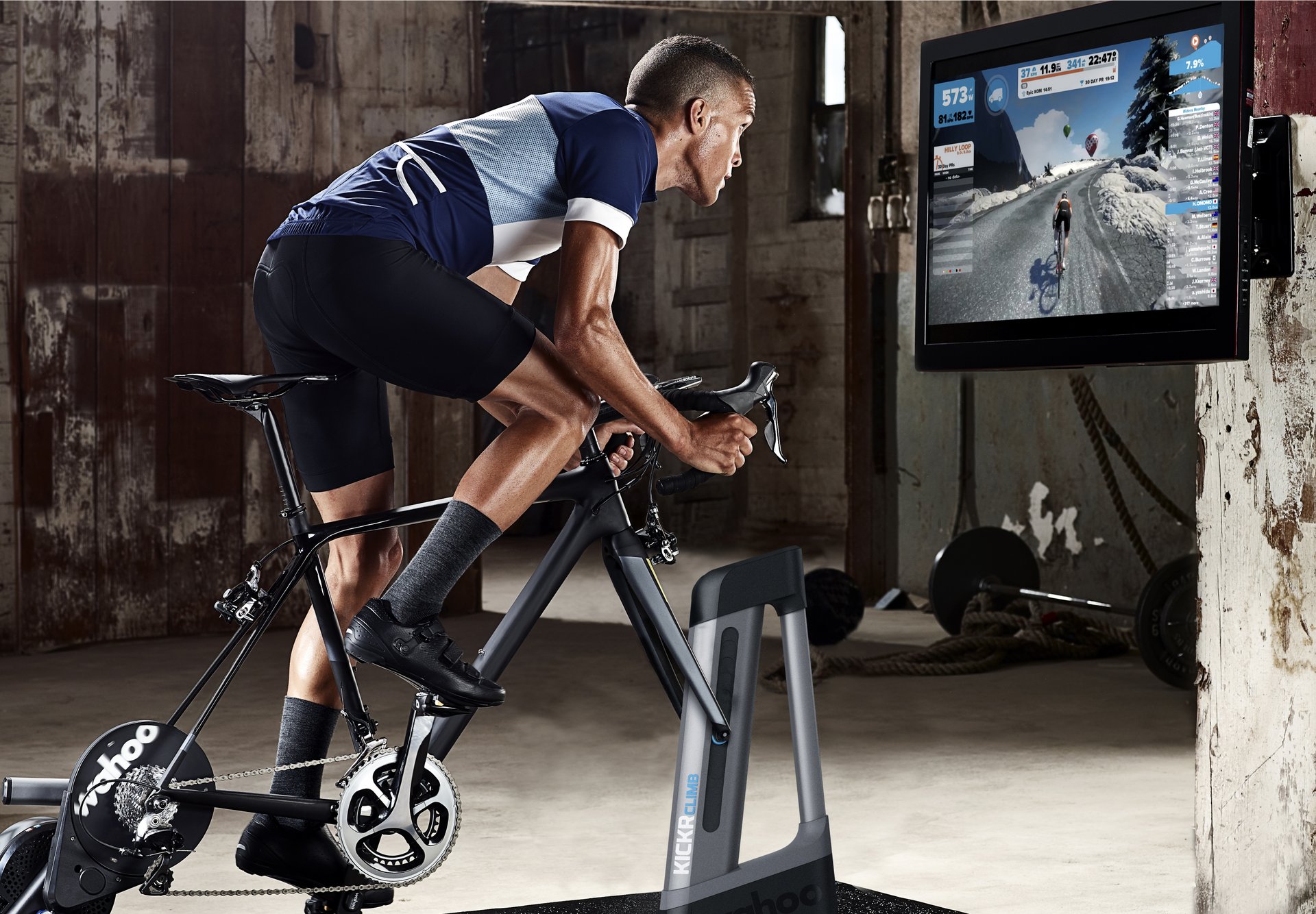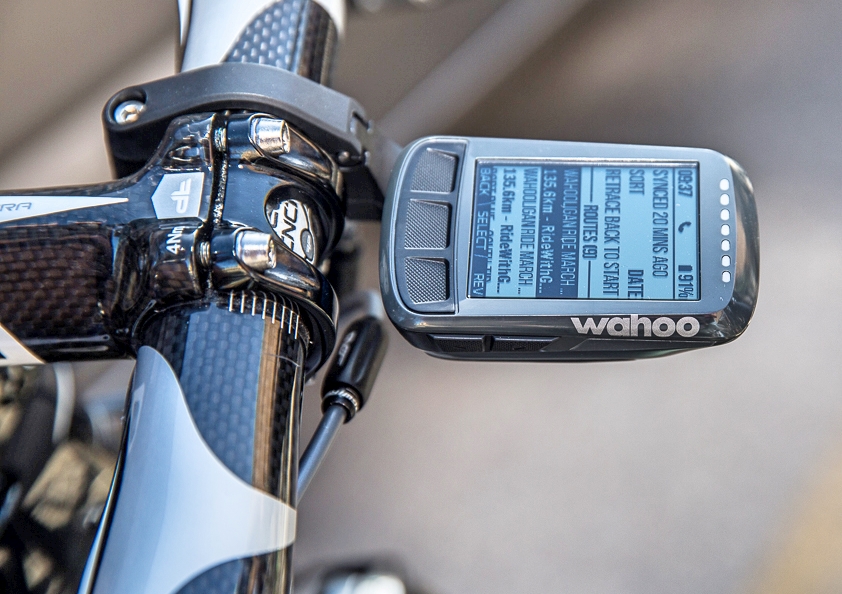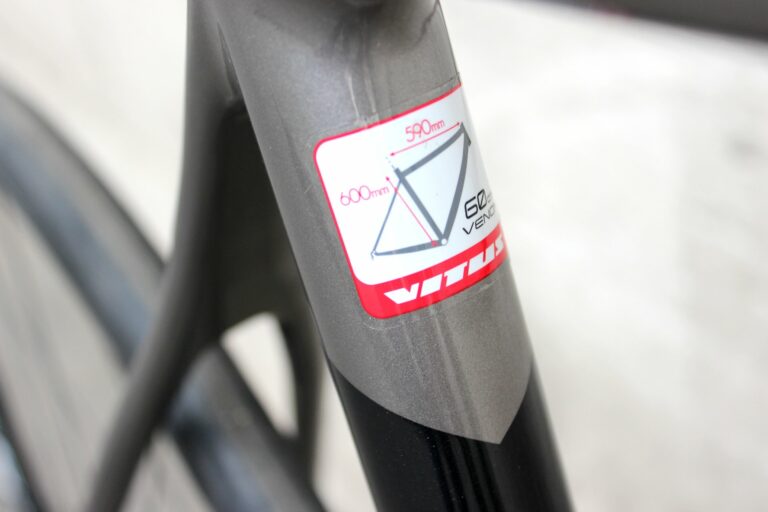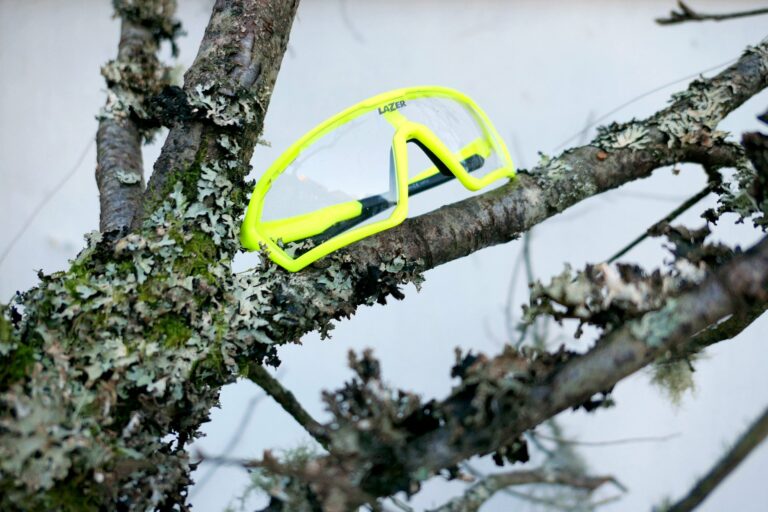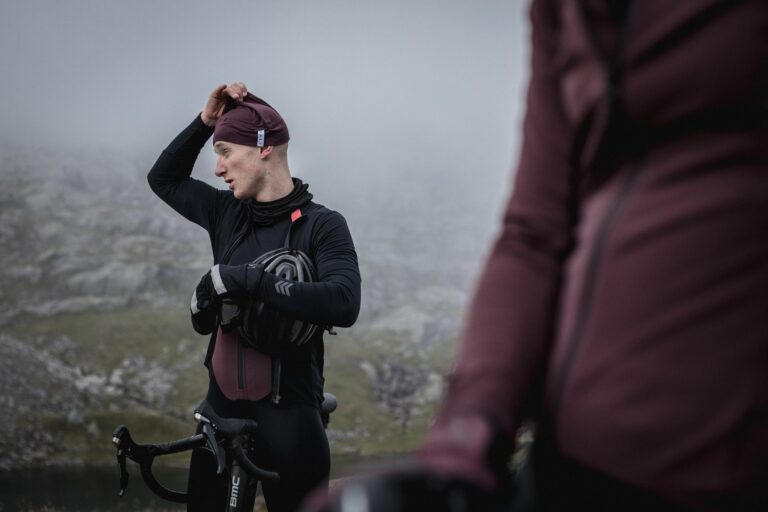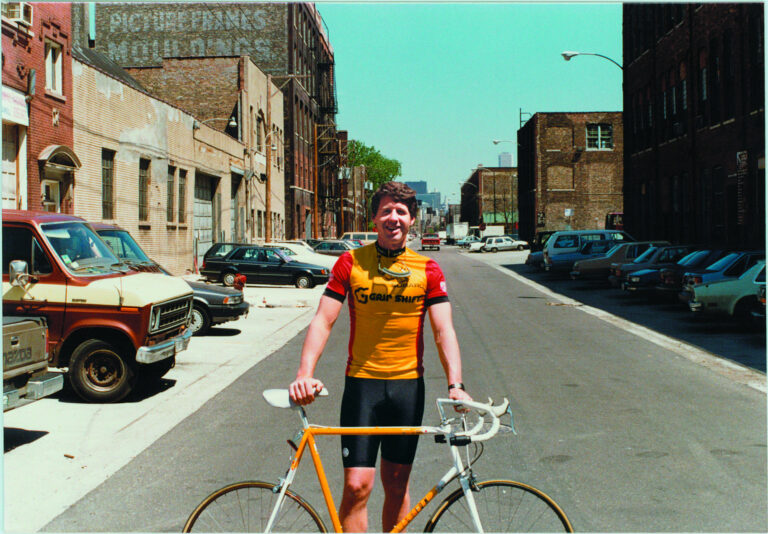Indoor training on the turbo is as popular as it’s ever been. Its applications are well-versed: you can use it to warm up, cool down, ride interactively online when the weather’s poor, and get focussed and detailed training sessions done so that your performance in the real world is as good as it can be.
This year, Team Dimension Data rider Steve Cummings rocked up to the British road racing championships and swept the board with both the road and time trial titles off the back of collarbone, shoulder blade and sternum injuries that had forced him off the road for the best part of two months and onto the turbo. If that’s not a demonstration of the device’s ability to hit the training sweet spot, we don’t know what is.
Not one brand is responsible for the rise of the machine, but it’s fair to say Wahoo are certainly up there as one of the great influencers. After all, with the KICKR it created the first open-source smart trainer that was capable of functioning with third-party software, and has since unveiled extra functionality with the CLIMB device at Eurobike, as well as continually improving its KICKR units.
In a congested market with many competitors, and innovations left, right and centre, Wahoo has a job on its hands to just stay near the top of the tree and remain one of the go-to brands for indoor training enthusiasts. We spoke to the main man at the Atlanta-based company, Chip Hawkins, and right from the off his enthusiasm for bike-related technology that makes life ‘less tedious’ is infectious…
